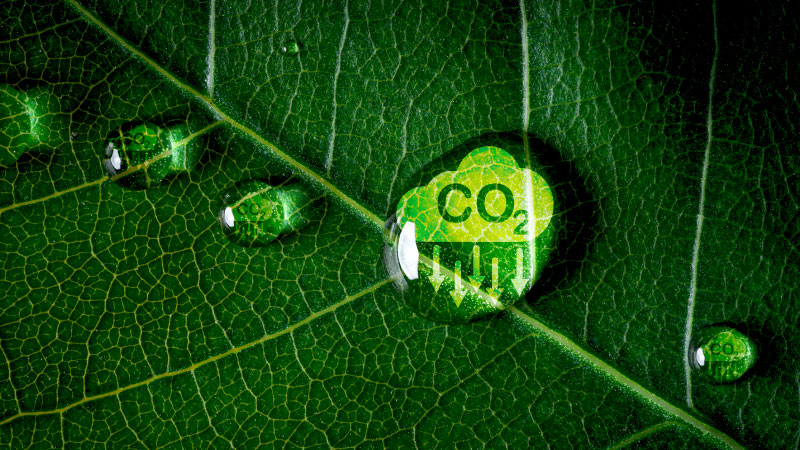
Voluntary emissions reduction
The policy encourages domestic industries to join in on reducing greenhouse gas emissions. On Dec. 31, 2015, in accordance with Article 22 of the "Temperature Management Act," the EPA issued the "Greenhouse Gas Offset Project Management Measures" as the basis for the recognition of greenhouse gas reduction results. The above method refers to the United Nations Clean Development Mechanism in encouraging businesses to reduce emissions through the incentive of reduction quota issuance. According to these measures, the application for reduction quotas consists of a proposal that follows an EPA-approved reduction method. It is eligible for implementation once certified by a verification and accreditation body, approved by the EPA, and registered. After the plan is implemented, a reduction performance monitoring report must be produced and certified by a verification and accreditation body, which is used to apply for a reduction quota with the EPA. After EPA approval, the reduction quota is assigned.
The above mechanism complies with the international requirements for greenhouse gasses to be measurable, reportable, and verifiable, which ensure actual reduction. Meanwhile, the assignment of quotas must meet the principles of additional, conservative, permanent, hazard-preventative, and repetition-avoiding so as to prevent reduction quotas from being applied to reduction performances already designated by relevant regulations.
In addition, on Feb. 15, 2023, the "Temperature Management Act" was amended to the "Climate Change Response Act" ("Climate Act"), adding carbon fees and regulations requiring businesses with new or changed emission sources that reach a certain scale to offset proportionately according to greenhouse gas increase amount. Meanwhile, Article 25 of the Climate Act states, "Entities and governments at all levels may independently or jointly propose voluntary emission reduction programs and implement GHG reduction measures, to apply for reduction credits from the central competent authority. The reduction credits should be used in accordance with the conditions and deadlines stipulated by the central competent authority." This is to extend the mechanism of the offset program and encourage businesses to begin reducing emissions sooner. Obtaining reduction quotas that are transferable, tradable, or auctionable to parties required to pay carbon fees or with emission offset needs thus becomes an incentive for reducing emissions by enhancing the effectiveness of the cost of emission reduction.
The MOENV has formulated the "Greenhouse Gas Voluntary Reduction Project Management Measures" (hereinafter referred to as the "Voluntary Reduction Project Management Measures") to regulate domestic quota reviewing etc. Regulations are designed to streamline procedures, encourage participation, and enhance performance while stipulating that reduction quota assignment must meet the five aforementioned principles to ensure overall reduction at the national level makes steady progress.
For detailed information on voluntary reduction projects and redemption projects, please visit the Voluntary Greenhouse Gas Reduction Offset Information Platform.
Detailed information on voluntary reduction and offset programs can be found on the Ministry's "Voluntary Greenhouse Gas Reduction Offset Information Platform."
The voluntary reduction mechanism is a supporting measure of the carbon pricing mechanism. It encourages carbon fee collection targets to take the lead and work with smaller, unregulated businesses to implement emission reduction measures in order to receive reduction quotas that can be used to offset designated reduction obligations. Through diverse incentives, the government encourages businesses to actively reduce emissions, thus helping the country advance towards net zero transition goals.

